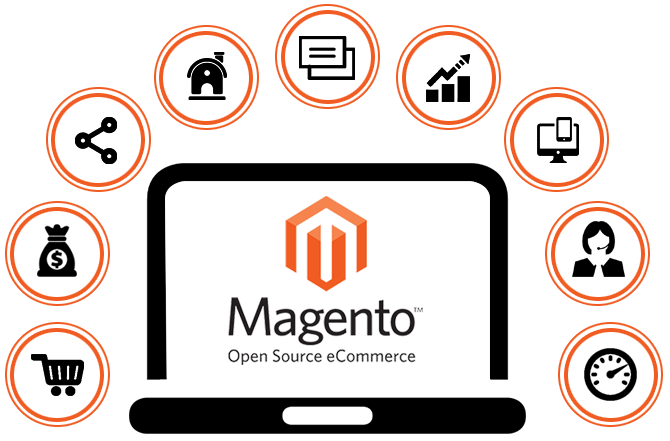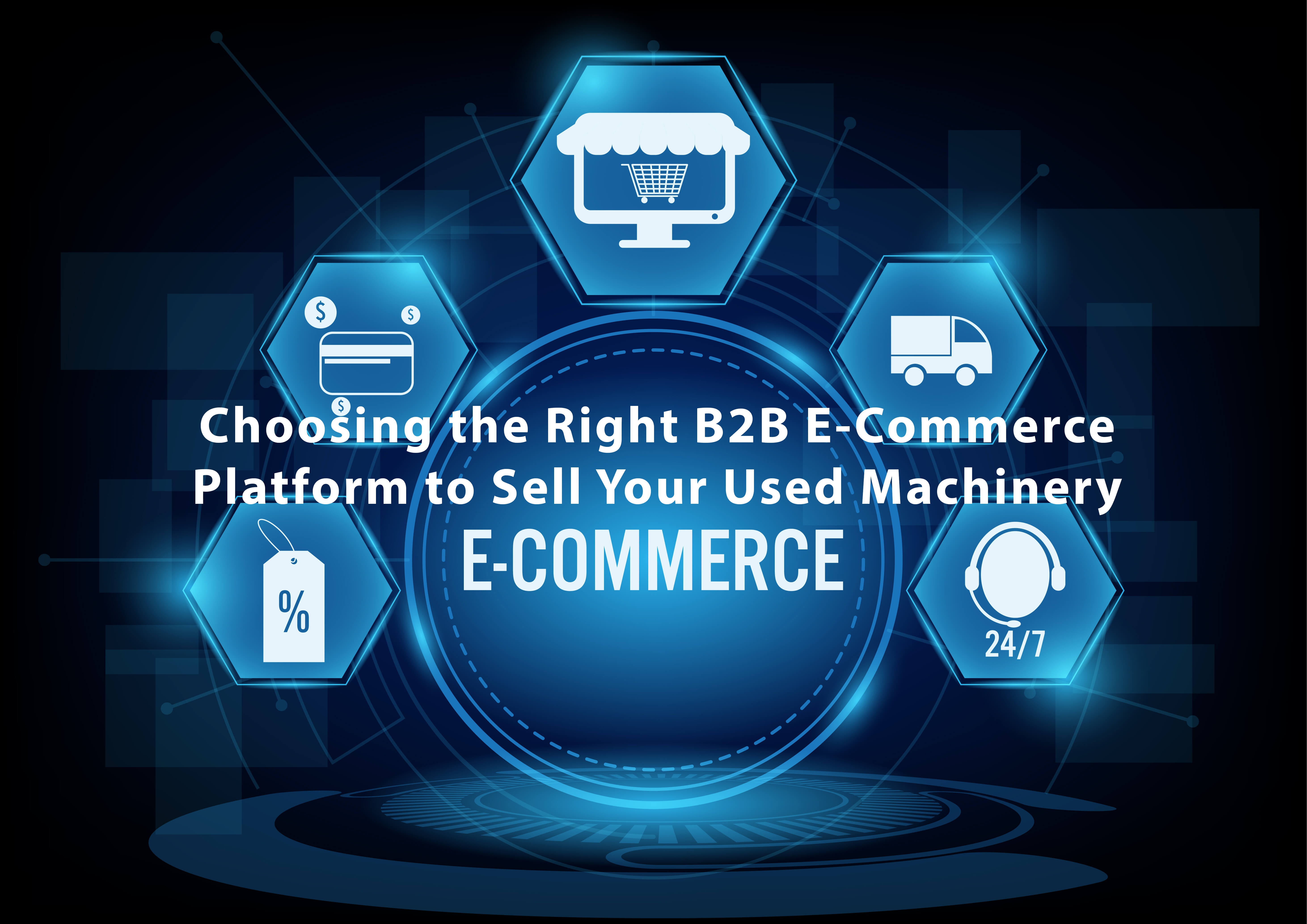Magento is a hugely popular platform for creating online stores and e-commerce sites. There are many reasons for this popularity including being a fast scalable platform that is also responsive and mobile-friendly. While still being easy to optimize for SEO.
If you need help, there is a large community of developers constantly working on improving the platform. There are also helpful agencies like Bing Digital Magento Agency. Along with, a variety of extensions, plugins, and add-ons to completely customize your store and user experience.
5 Reasons to Use Magento for Your Next Ecommerce Website:
1. Flexible and Scalable With Multiple Store Management :
Magento has been created with an open modular architecture. It optimizes web pages for faster delivery and has accelerated server response times. It also has efficient backend operations and boosted database flexibility to handle traffic surges.
What this means is Magento can grow with your business. When you first build your store, you can start with one module hosting a small number of products. As you add modules, you can grow your store into thousands of products. This allows unparalleled flexibility.
You can also manage multiple stores through one convenient administrative panel. If your store takes off, and you get a lot of traffic the speed improvements will help keep your site up and running.
2. SEO Friendly :
Site speed is an important SEO ranking factor. The improved performance of Magento will keep your site running fast and optimized for speed. This software is also helpful in optimizing page traffic, indexing, landing pages, and avoiding duplicate content issues.
There are also some great Magento SEO plugins available such as SEO Suite Ultimate which helps with things like meta-tags and rich snippets. And advanced SEO Suite which helps with canonical URLs and things like pagination and indexing.
3. Large Community of Developers
There is a large community of Magento developers. There are several very active Magento forums where people help each other and share ideas. Reddit also has a very active Magento community as do many programming websites.
There is no shortage of Facebook groups. If you use Magento, you can be sure that there is an active group of developers working on the platform and available to help you if you need to hire someone.
4. Marketing and Shopping Cart Options :
There are quite a few tools and plugins available to help with your marketing efforts. Whether you’re trying to create coupons, a multi-tier pricing system, or landing pages there is a Magento solution for you. There are also many shopping cart solutions that enable you to customize the purchasing process.
5. Mobile Friendly
The growth of mobile is outpacing desktop use. You want your online store to be mobile-friendly. Fortunately, it’s easy to create a responsive website with Magento. There are many tools that will help make your website mobile-friendly.
It’s also possible to have a mobile shopping platform that easily integrates into your existing web store. This platform is really an all-in-one solution for building e-commerce stores.
Read Also :






















